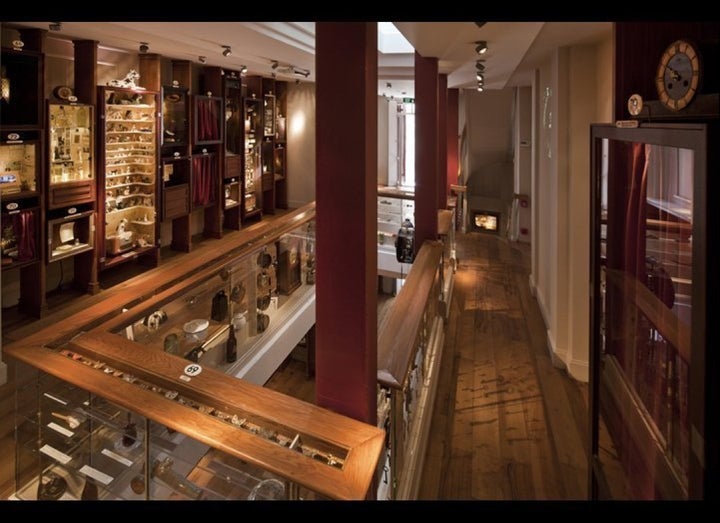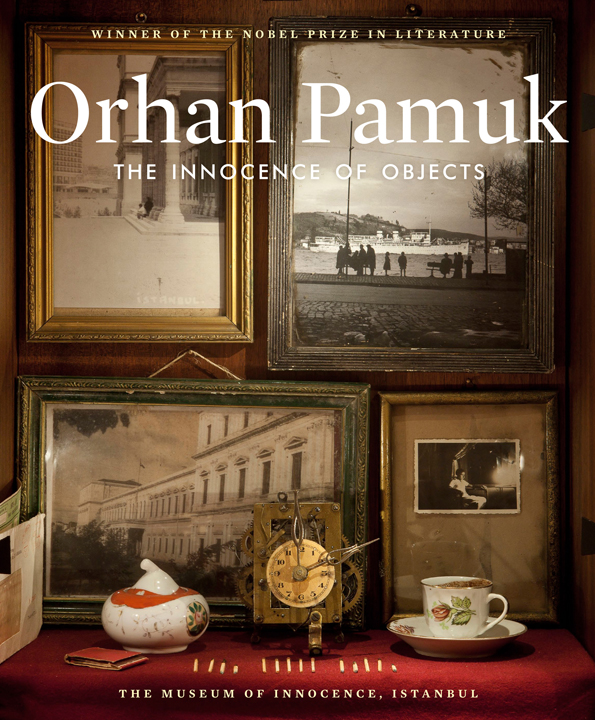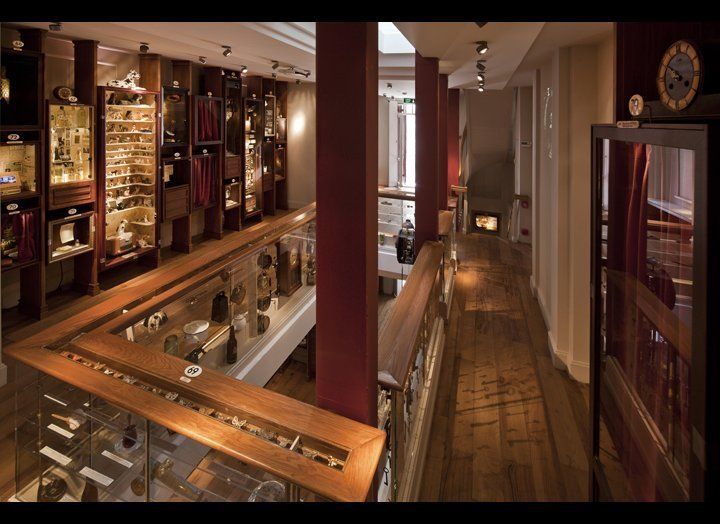
In a week that has strongly reinforced my belief that large international art fairs, however else you want to defend them, are the worst possible, most sterile environments ever conceived for viewing art -- the amazing book that I now have before me, Orhan Pamuk's The Innocence of Objects, makes me want to stand up and shout! It is a triumph of intimacy over sterility, depth over superficiality and humanity over inhumanity. It is also the most perfect intersection of art and literature that I have ever encountered.

Nobel prize winning author Orhan Pamuk's 2009 novel about lost love and the obsessive collecting of objects, The Museum of Innocence, was conceived simultaneously with the idea of creating a bricks-and-mortar museum to house the objects collected while writing and researching the novel. The museum, which opened to the public in Istanbul earlier this year (click here to read The New York Time's coverage of the opening) is housed in a modest 19th century house. The Innocence of Objects beautifully catalogs the museum's collection and in Pamuk's own words, tells the story of how the museum came to be. Pamuk writes:
"The more objects I collected for the museum, the more the story in my mind progressed. Sometimes I'd spot a teacup I wanted in an acquaintance's house or inside the old cupboards where my mother kept the pots and pans she no longer used, her porcelain, her sugar bowls, and her trinkets for display, and one day I'd take it without telling anyone that it was destined for the museum."
The museum consists of 83 numbered display cases, each referring to a chapter in the novel: assemblages of bric-a-brac, items rummaged from junk stores in the back streets of Istanbul, photography of old Istanbul by Turkish photographer Ara Güler, illustrations by Pamuk himself (a former painter) and others, and convincing molded plastic food made especially for the museum.
Pamuk writes about conversations between himself and the novel's main character, Kemal, taking place in the museum's penthouse, an actual bedroom that the fictional Kemal inhabits -- so convincingly that the already fuzzy lines between reality and fiction become even more blurred. The caption beneath a photograph of the bedroom reads:
"Kemal first told me what he had been through over the course of three hours in a restaurant. When I decided to write a novel about his love for Füsun, we inevitably became friends. On many a night over the seven years between March 2000 and February 2007, I sat in the attic on the chair on the right and listened to his story."
In his tale of how he came to create the museum, Pamuk asks himself the question: "Why has no one else ever thought of something like this, of bringing together a novel and a museum in a single story? . . . If someone made an Anna Karenina Museum, finding a way to display the material world of the novel, I'd come running." He decided that if he were going to realize his museum, he needed to write a manifesto. What resulted is an 11-point " Modest Manifesto for Museums" that everyone in the art and museum worlds should read. I will end with the last last two points:
10. Monumental buildings that dominate neighborhoods and entire cities do not bring out our humanity; on the contrary, they quash it. Instead, we need modest museums that honor the neighborhoods and streets and the homes and shops nearby, and turn them into elements of their exhibitions.
11. The future of museums in inside our own homes.

